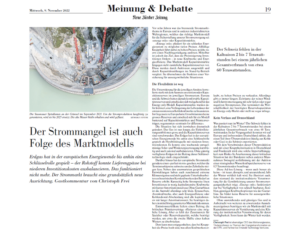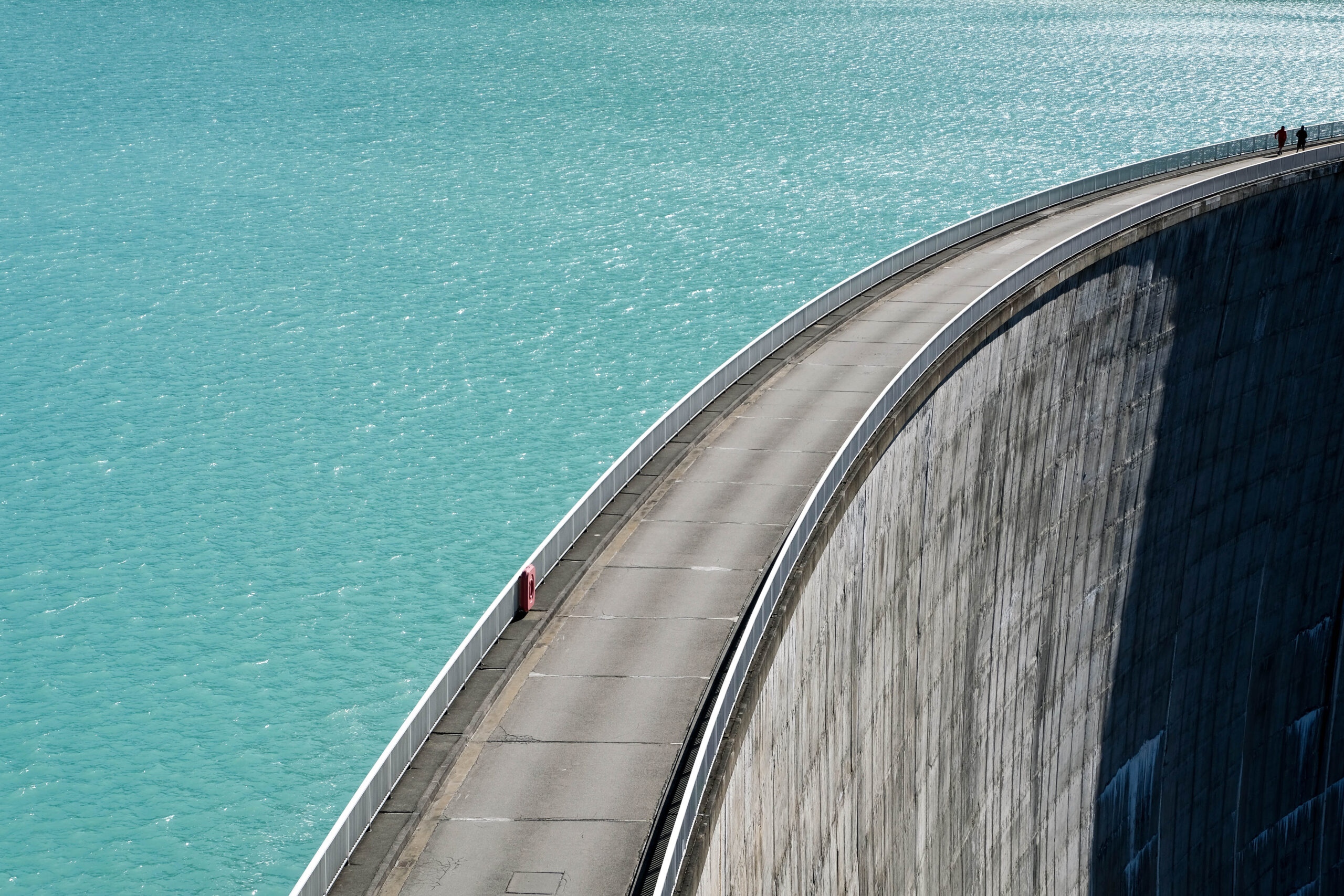10 years ago the big question in Europe and beyond was, whether we should opt for a market model relying on “electricity only” or on “capacity markets”. The former assumes that scarcity leads to high prices and thereby triggers demand response in the short-term and investments in new generation assets (or, energy efficiency) in the mid-term. The latter also auctions and reserves spare capacity, which is remunerated with capacity payments in stand-by, and thereby provides an insurance to cope with extraordinary situations.
Support for these models correlated strongly with the availability of existing excess capacity in the respective electricity systems. Disposing of comfortable capacity cushions at that time, Europe largely opted for an “energy only” model. Capacity markets were criticised as a hidden subsidy for coal, leading to a life-time prolongation of these emission-intensive assets. In contrast, the UK was with little cushion and introduced (against initial resistance of the EU) a model based on “contract for differences” and capacity markets.
Meanwhile, the situation has dramatically changed. Excess capacity has disappeared in a Europe short of gas and rich of electrification ambition. Over the past years gas has played a critical role in the European energy transition through providing flexibility at low investment costs, by substantially contributing to the balancing of the rapidly growing intermittent sun and wind energy and by filling seasonal gaps. Without cheap and abundant gas, the critical contribution of this key technology to energy security is compromised.
To make things worse, we have seen a perfect storm in European electricity markets, driving prices to extremes. On top of the unexpected and dramatic geopolitical developments, increasingly harsh climate events and unexpected maintenance stops of French nuclear have further escalated pressure. Low rainfalls have left Norwegian hydro reservoirs below average, high summer temperatures have limited the utilisation of river water for the cooling of thermal (nuclear and fossil) power plants, and moderate wind conditions have left some of the wind capacity below expectations. As a result, a cold winter could put the electricity system to its limits. The most critical moment is the second half of a cold winter, when gas and hydro reservoirs are low and heating needs are high.
Short-term high electricity prices first trigger investments in capital-light generation assets with short payback times. Without gas turbines, the options are limited. Renewables, nuclear, also energy efficiency or CCS are all high-capex long payback assets and require a minimal guaranteed revenue over a certain period. Carbon credits provide a contribution and a contract for difference could be a possible solution. But there is no additional incentive for storage or spare capacity, which is needed to bridge the second half of a cold winter.
One could argue that when no wind is blowing, and no sun is shining prices will be high and allow all electricity generators to sell at high prices and thereby amortize investment costs. However, increasing periods of pure wind and solar PV generation drive prices down, sometimes to the negative, and erode in an energy only market the business case of spare capacity, including flexible hydropower.
What happens in winter? Switzerland has a deficit of 2-7 TWh every year in the cold season (of a total consumption of about 60 TWh/year). In the past we could count on Europe and, in particular on Germany, to export some of their excess production (often from gas and coal). But as this excess production disappears and Germany and France find themselves in a potential shortage situation such import reliance becomes a risk. In acknowledgement of this critical situation, the Federal Council has mandated SwissGrid with the auction of a strategic 0,5 TWh hydro storage reserve.
This ad-hoc solution is – while better than doing nothing – expensive, late, disruptive, and insufficient if the winter really gets cold and on top of everything else illustrates that no institution was in charge to deliver energy security. Energy only works subject to availability of fast-built and flexible options such as abundant and cheap gas and in the absence of extreme events.
Without cheap and abundant gas and with more regular extreme events (and with a more complex European context) we need more reserves in the system as an insurance. And, I would feel much better if an institution was permanently in charge and mandated to deliver such reserves. Otherwise, the winter can get cold.

